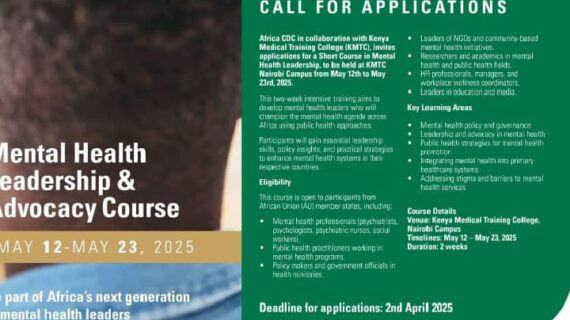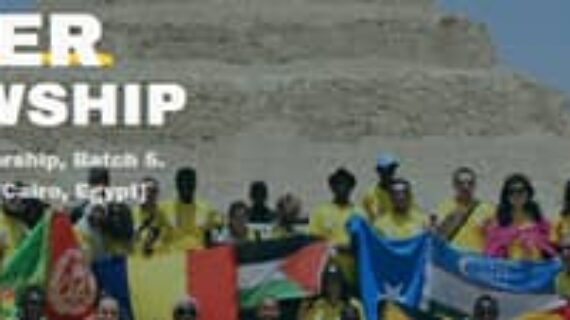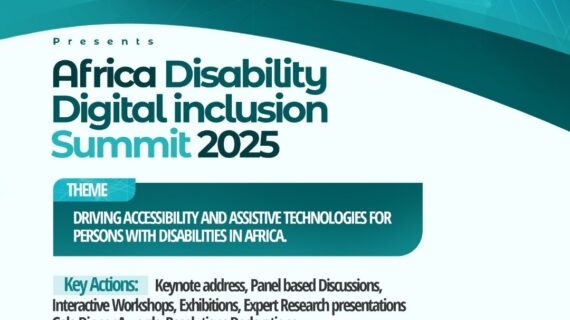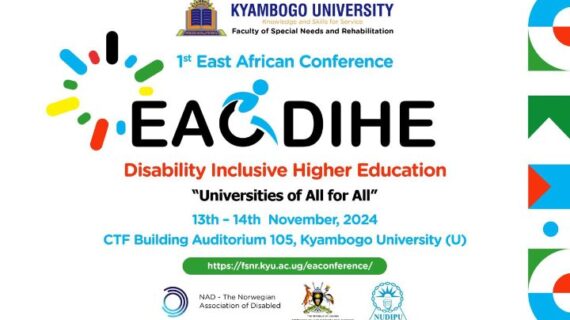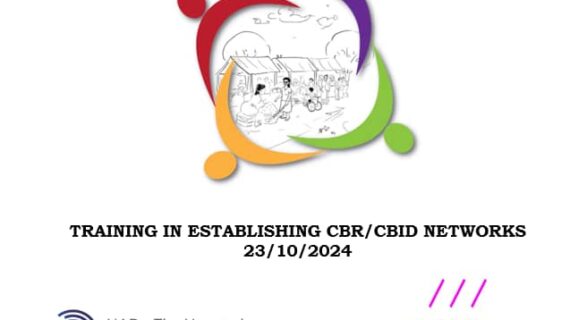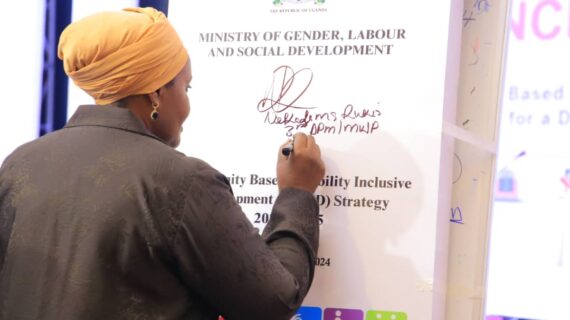Policy brief on Community Based Rehabilitation
Policy brief on Community Based Rehabilitation
Context
Community Based Rehabilitation (CBR) is implemented in more than 100 countries globally as a key community development strategy for the delivery of the rights of persons with disabilities in line with the UN Convention on the Rights of Persons with Disabilities (UN CRPD). In the wake of the World Health Organization’s Rehabilitation 2030: A Call for Action, this brief calls for the inclusion of CBR in the proposed World Health Assembly (WHA) Resolution on Rehabilitation for All in 2022.
- Executive Summary
The Need for Rehabilitation: At least one in every three people in the world needs rehabilitation at some point in the course of their lives according to an analysis of data collected for the Global Burden of Disease study, 2019[1]. This translates to 2.41 billion individuals having conditions that would benefit from rehabilitation. The number belies the commonly held view of rehabilitation as a service required by a few. The increasing demand for rehabilitation services have also been linked to war and violence, environmental degradation, diseases such as HIV and AIDS, accidents, and most recently to deal with long term effects of Covid 19.
Contained within this global picture are the rehabilitation needs of children, youth, adults and older persons with disabilities, many living in poverty in low and middle income countries (LMIC), for whom lack of rehabilitation and assistive technology becomes an insurmountable barrier. This subsequently prevents their full and equal participation as well as access to their rights to health, education, livelihoods and inclusion in their community.
Unmet Needs: Rehabilitation is applicable to most people at some point in their life, yet in many low and middle-income countries, less than 50% of people receive the rehabilitation services they require. The need for rehabilitation services is much higher than the services available or the capacity to provide these. Vulnerable population groups like women, children, older people and those affected by malnutrition or living in poverty continue to be marginalised within health and rehabilitation plans. Poverty limits access to basic health services including rehabilitation and the interconnectedness between poverty and disability has been well documented.
1.3 Global policy context and key frameworks for Health & Rehabilitation: There has been a continuing fundamental shift away from health systems designed around diseases towards health systems designed for people. Globally, countries have agreed that affordable, accessible and comprehensive primary health care is key to attaining the goal of Health for All. (WHO, UNICEF, Declaration of Alma Ata, 1978). Rehabilitation services have been recognised as an integral part of primary health services and there is acceptance of the need to empower and engage individuals and communities in maintaining and enhancing their health and wellbeing (WHO, UNICEF, Declaration of Astana, 2016).
[1]AlarcosCieza, PhD, Kate Causey BSc, KaloyanKamenov, PhD, Sarah Wulf Hanson, PhD, Somnath Chatterji, MD, Prof Theo Vos, PhD, Global estimates of the need for rehabilitation based on the Global Burden of Disease study 2019: a systematic analysis for the Global Burden of Disease Study 2019, The Lancet, Volume 396, Issue 10267, P2006-2017, December 19, 2020.


